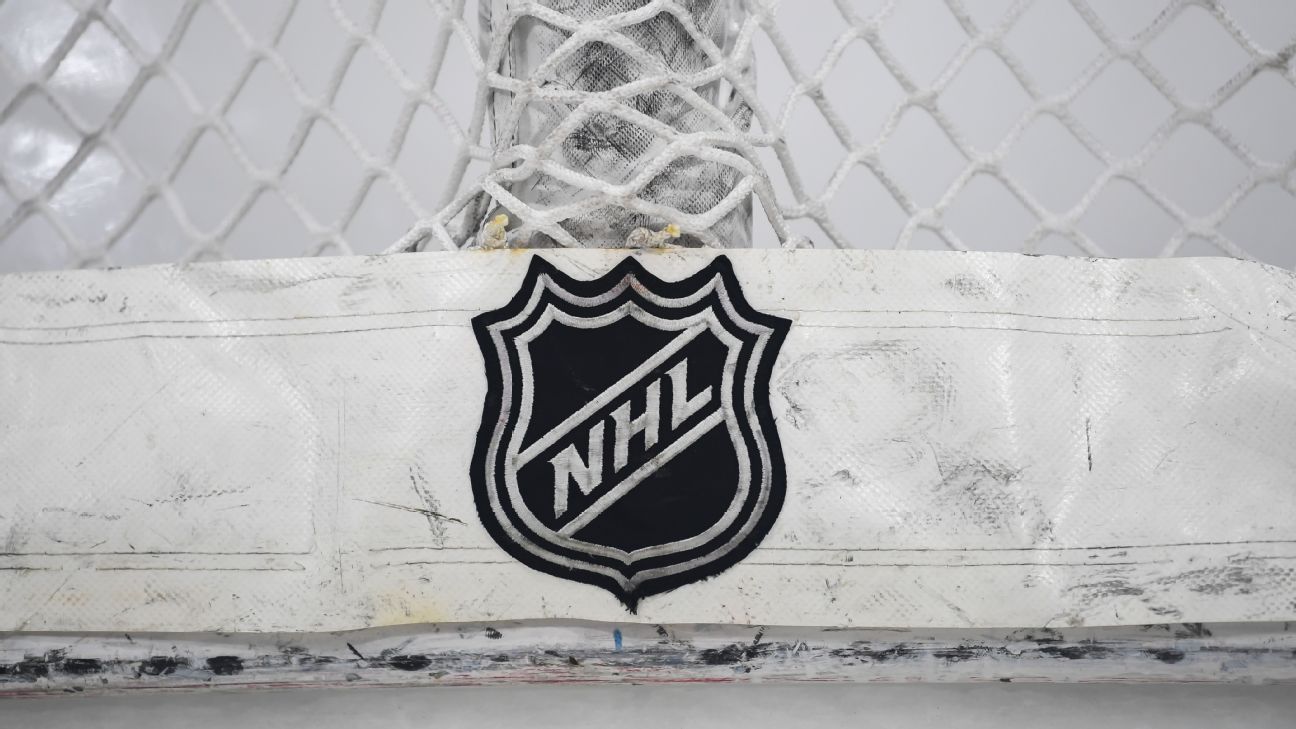
The NHL's salary cap is projected to be between $84 million and $88.2 million for the 2020-21 season, an uptick from the current cap of $81.5 million, the league told its general managers at their annual March meetings this week.
The exact figure for next season will be negotiated with the NHLPA. The cap, which is calculated on a percentage of hockey-related league revenue for the previous season, indicates the NHL is steadily growing as it prepares to welcome its 32nd team, Seattle, for the 2021-22 season.
The new cap will go into effect when NHL free agency opens July 1.
The league also announced that it is ready to drop its new smart pucks, which will officially debut on the opening night of the 2020 NHL playoffs.
"All aspects of player and puck tracking have been tested extensively," commissioner Gary Bettman said. "Especially the pucks."
The league has quietly tested the new pucks during nine NHL games in nine different buildings since Feb. 6.
"We've used them without anybody knowing about it on a number of occasions," Bettman said. "And there is no issue whatsoever."
The smart pucks, made from the same rubber as traditional pucks, feature technology that relays tracking of puck and player speed and distance as well as zone time and shift lengths. Players will also wear tags in their jerseys. That information will be depicted in data and graphics on TV broadcasts and will be available to teams.
"Feedback has been minimal," said Steve McArdle, NHL executive vice president of digital media and strategic planning. "We have not heard -- in live-game situations -- complaints about the performance of the puck. In fact, we've heard very little coming out of a lot of game experiences. So we're happy about that."
McArdle said the league has offered the puck to certain teams to practice with and that "feedback has been minimal" from players.
NHL officials have gone through extensive testing to ensure that the feel of the puck is not compromised. The NHL fired it out of a machine at 170 mph -- including angles on the corner of the crossbar -- and reported that the puck held up.
"We haven't been able to break this one yet," said Keith Horstman, NHL vice president of information technology. "We shot it [at] 170 mph 20 times, and it didn't break, it didn't deform. We've been trying to get them to tell us what the break point is, and they can't get the gun [to go] high enough."
The NHL has spent years -- and millions of dollars -- to launch its player and puck tracking program. The rollout has been delayed several times, and the league is on its second partner, SMT, after cutting ties with German company Jogmo in 2019. Player and puck tracking has been tested and used in television broadcasts in each of the past two NHL All-Star Games.















 Phone: (800) 737. 6040
Phone: (800) 737. 6040 Fax: (800) 825 5558
Fax: (800) 825 5558 Website:
Website:  Email:
Email: 






